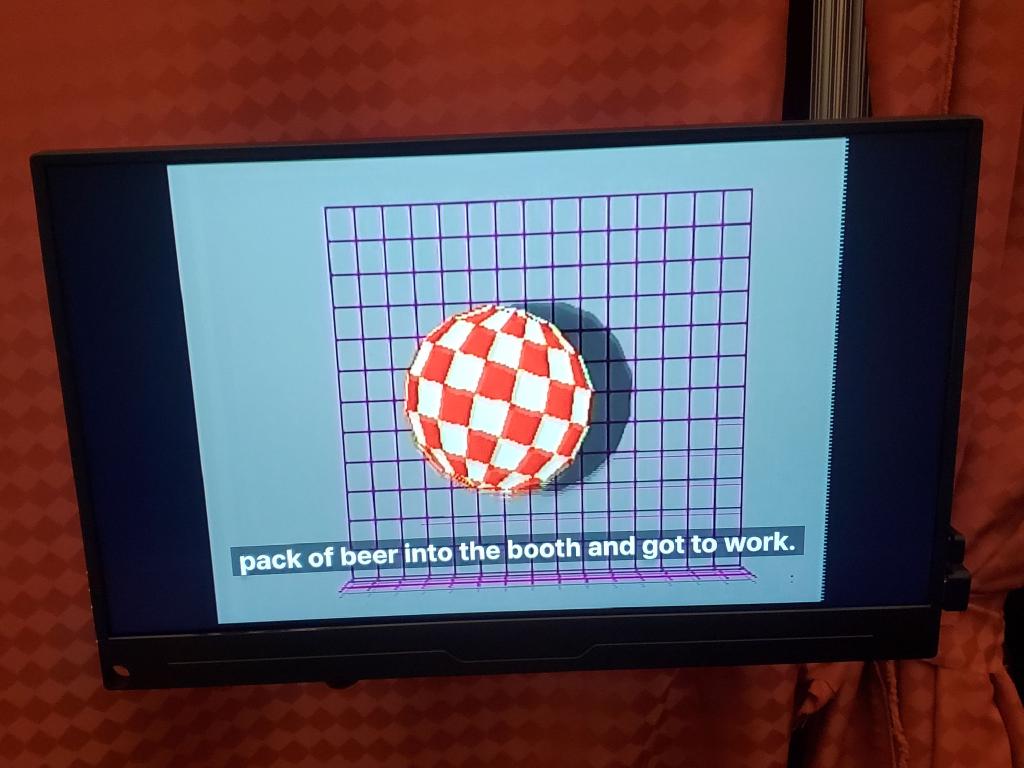
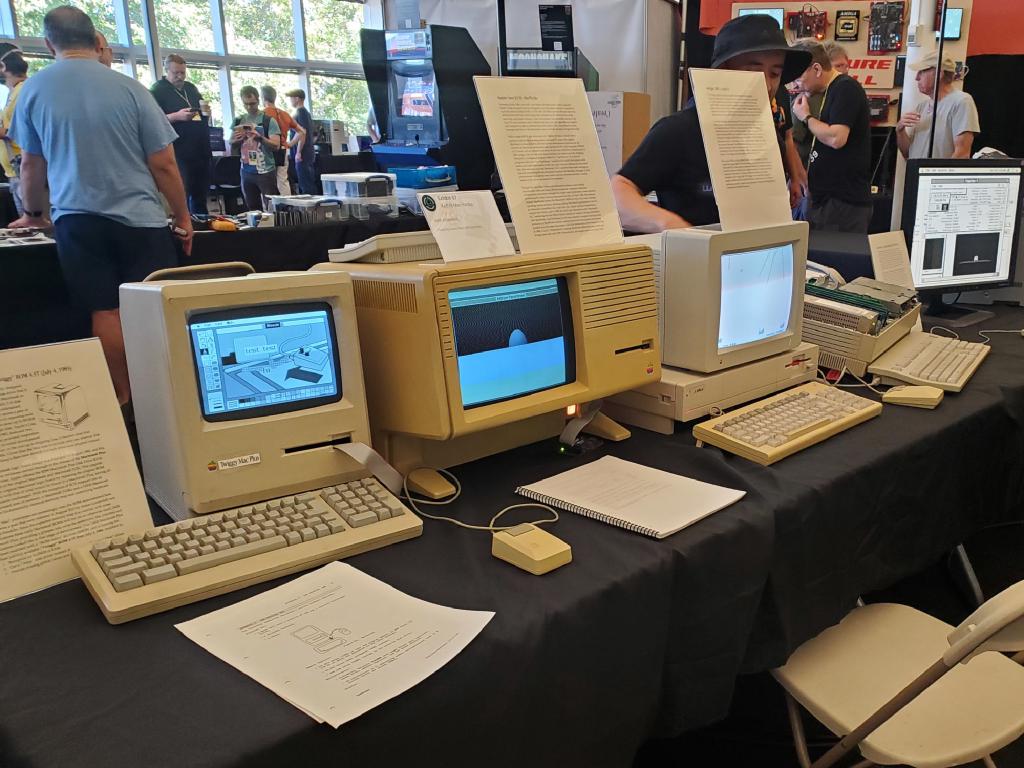
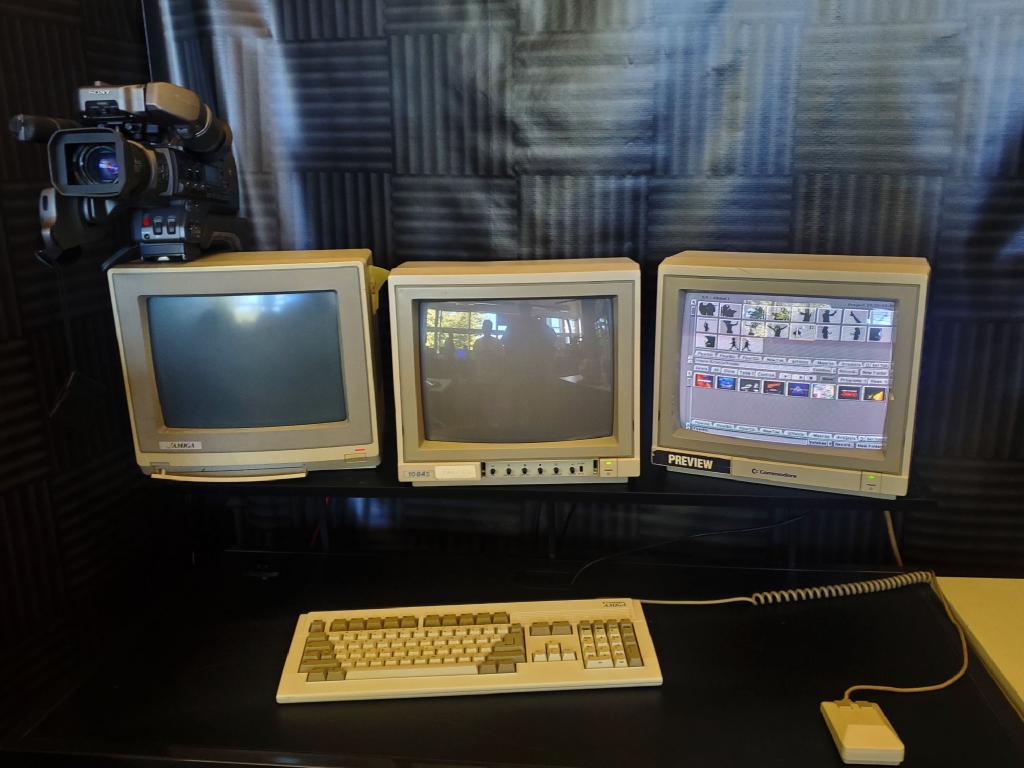
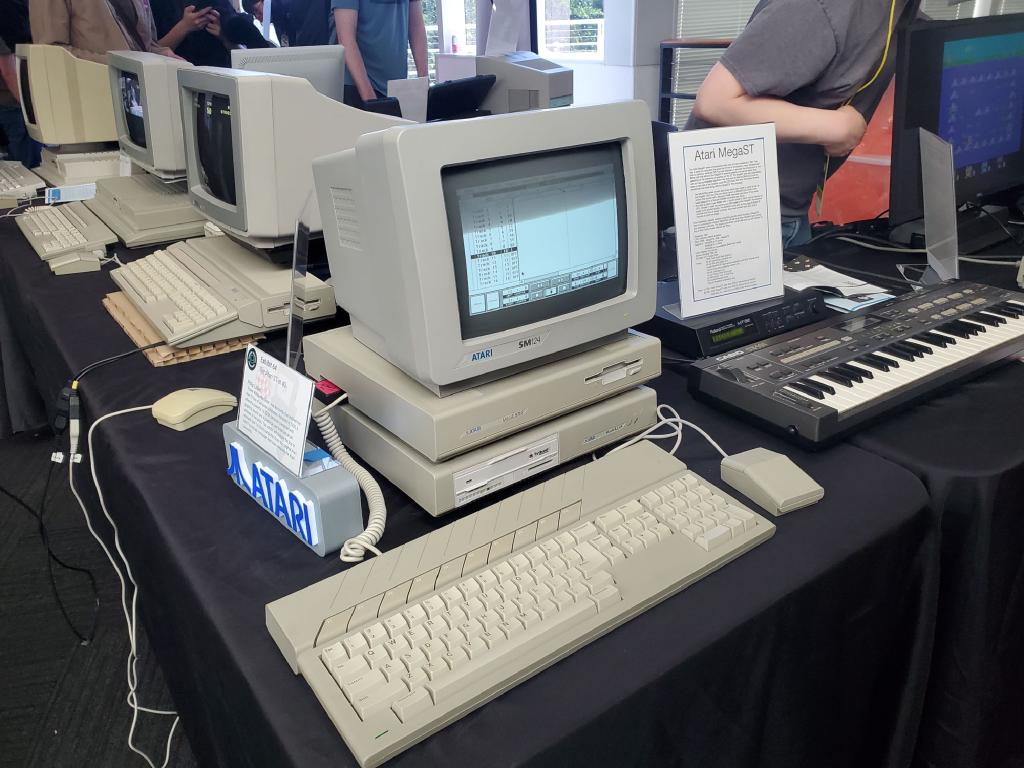
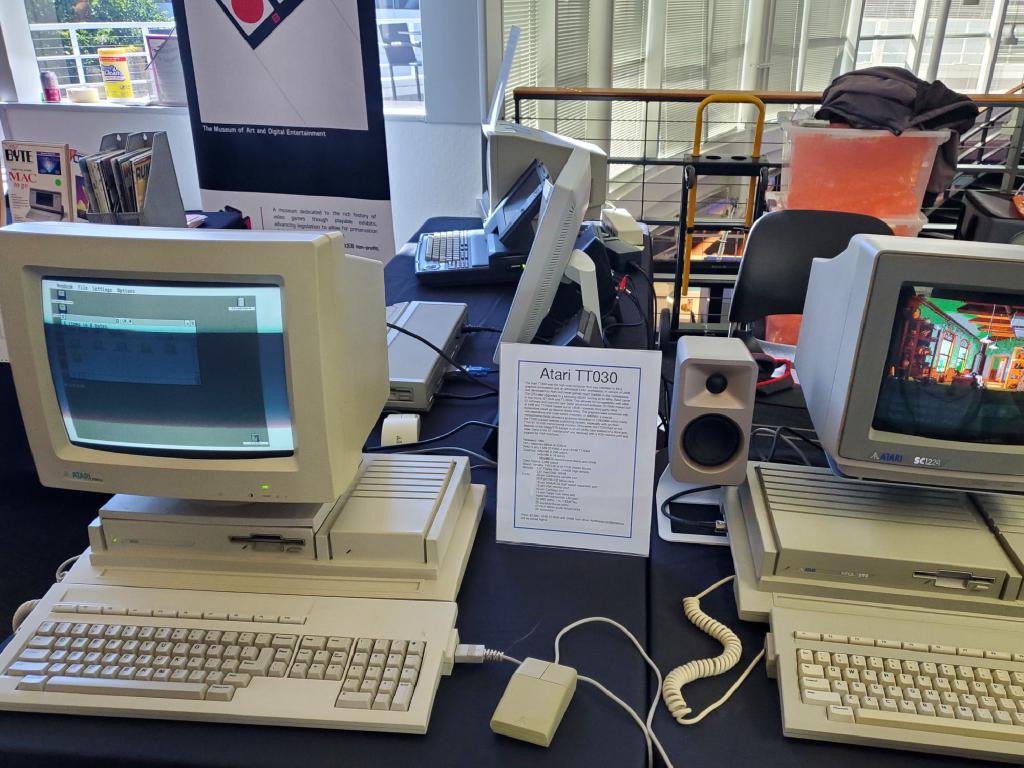
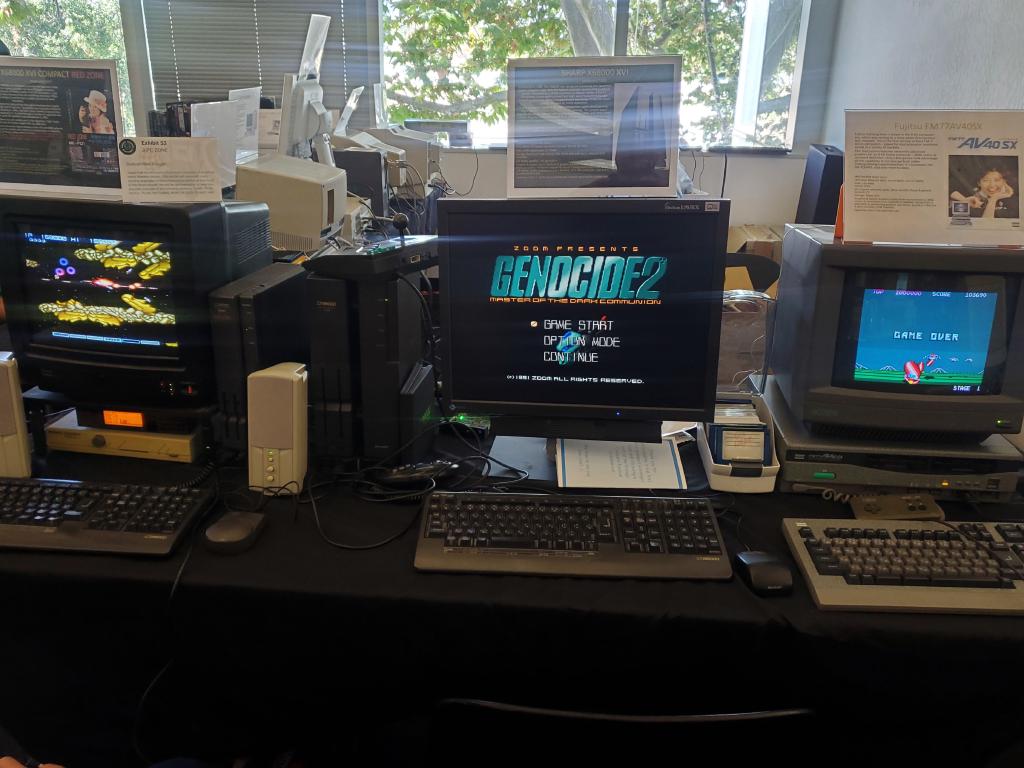

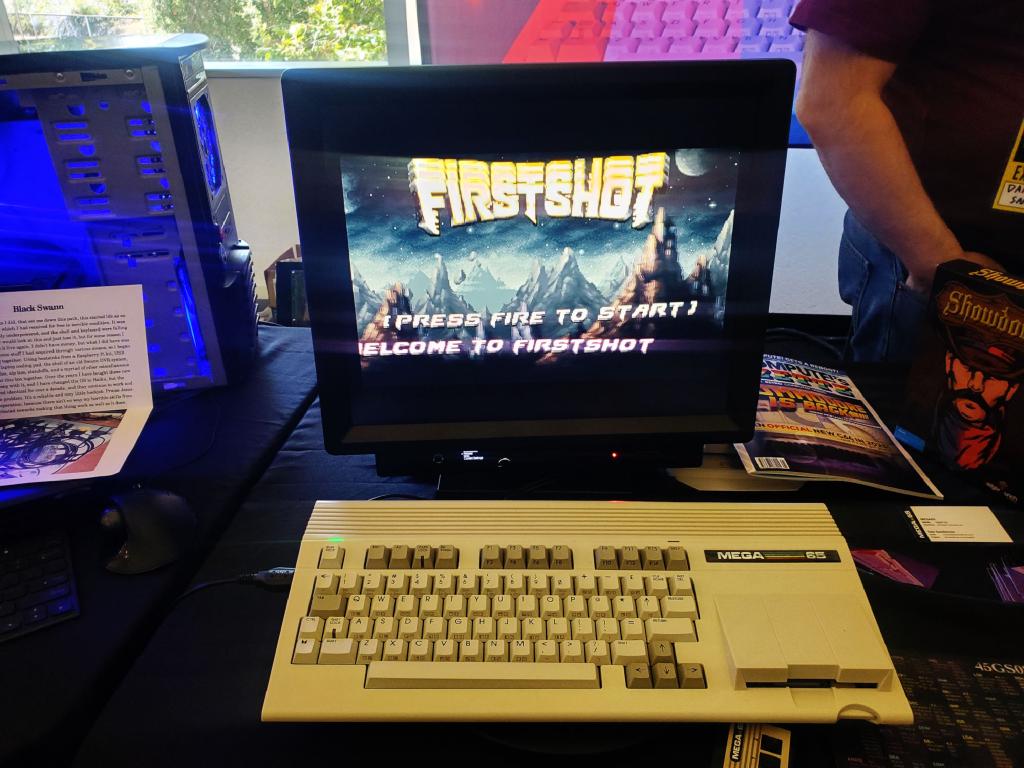
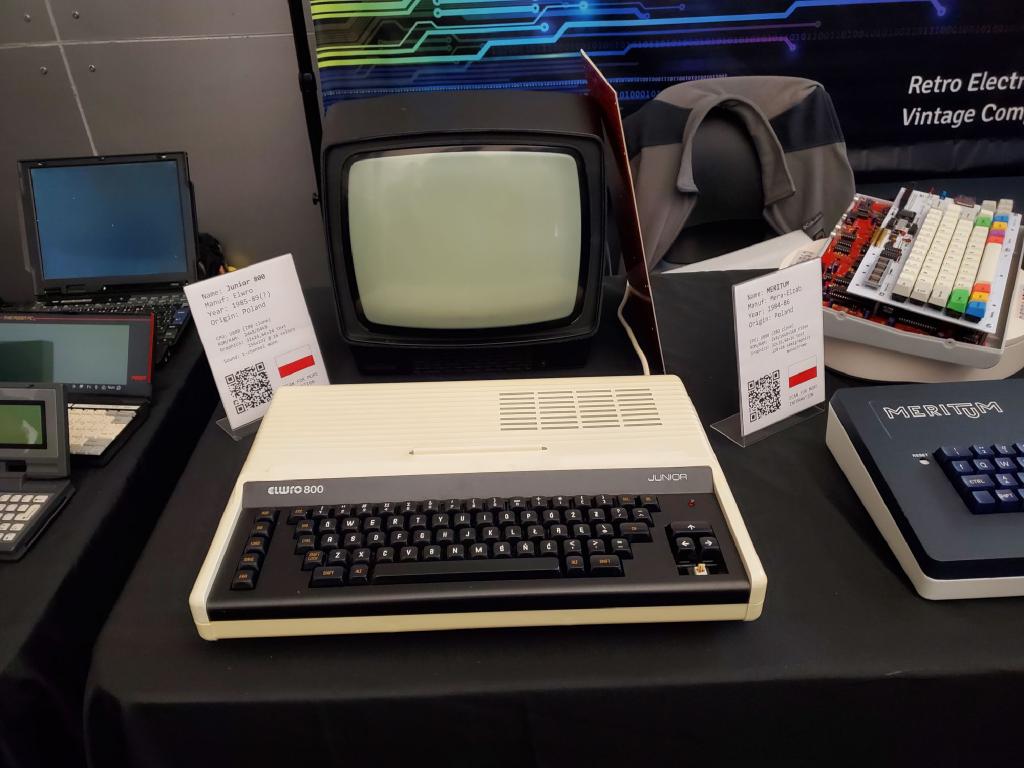
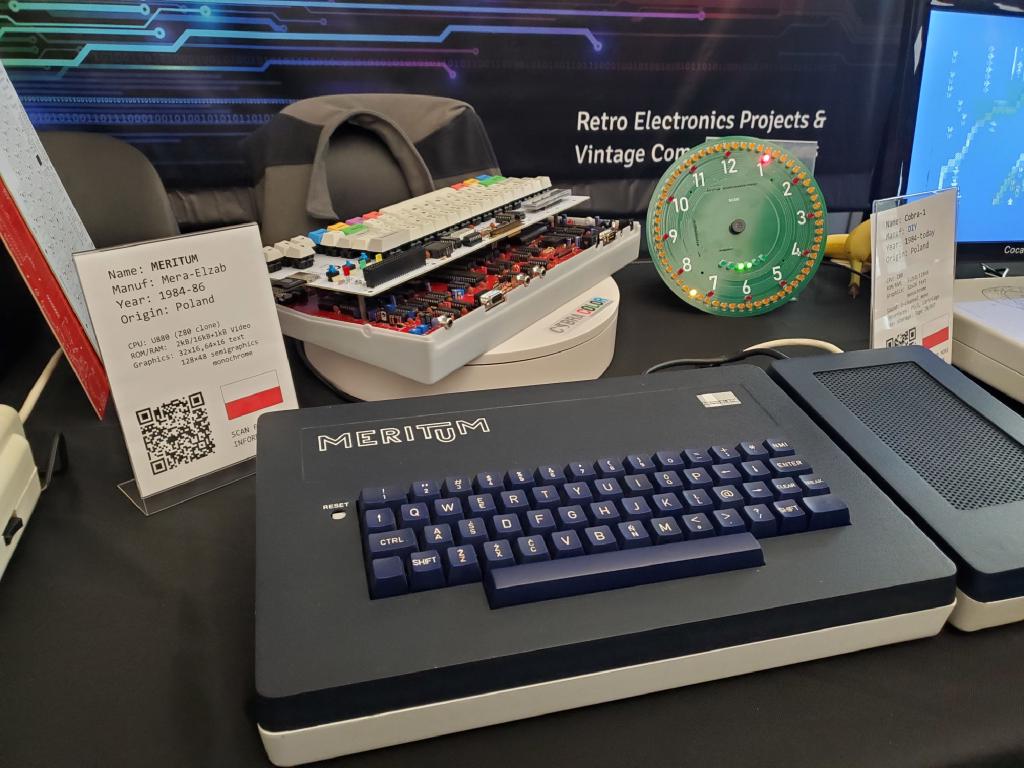
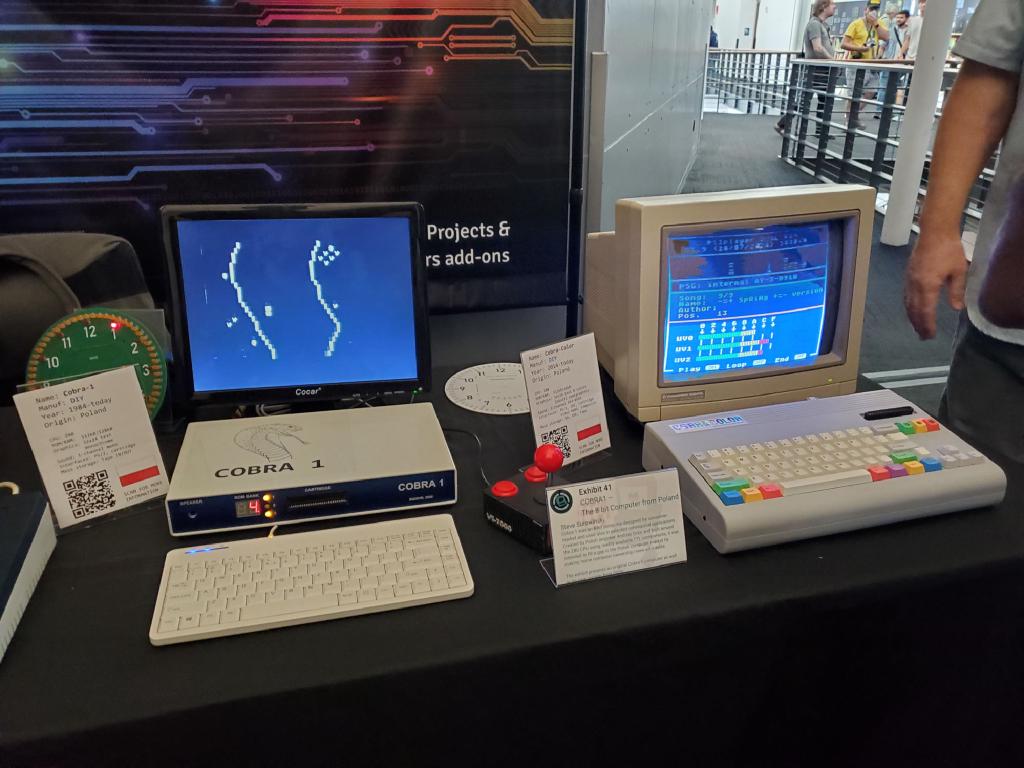
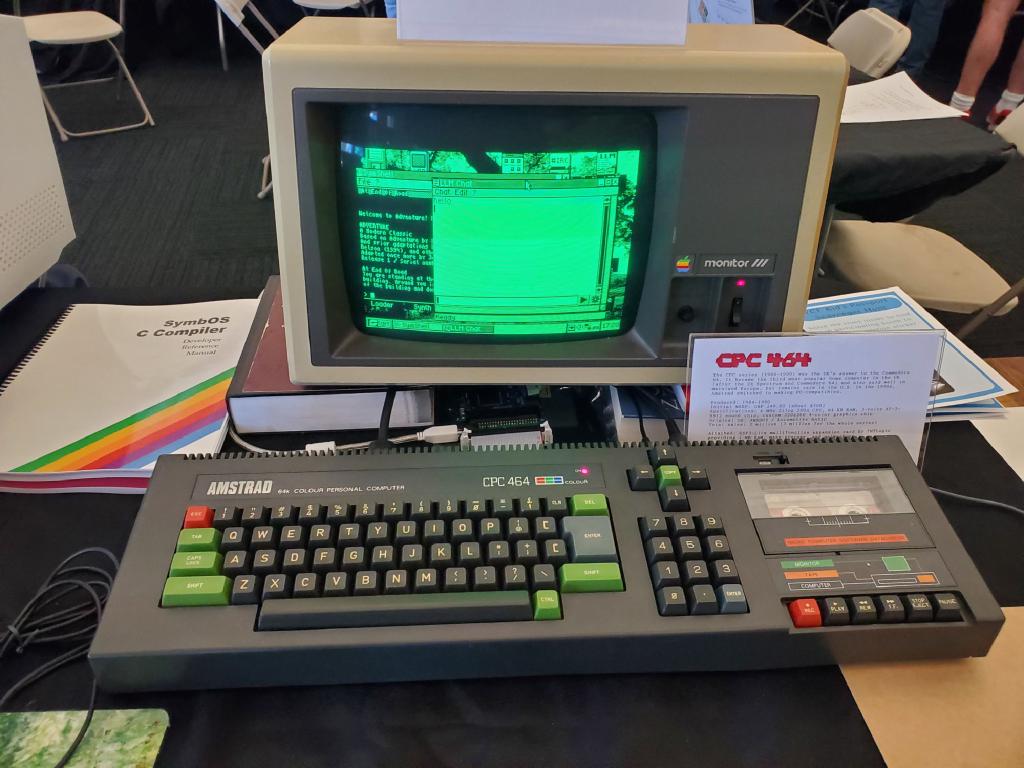
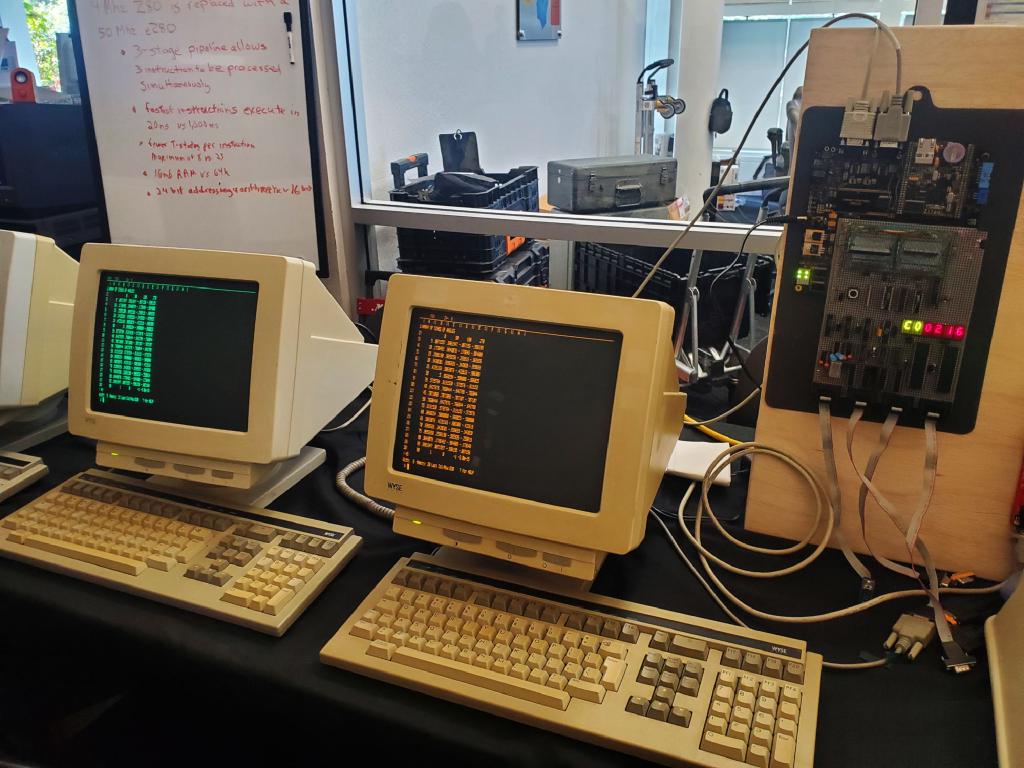
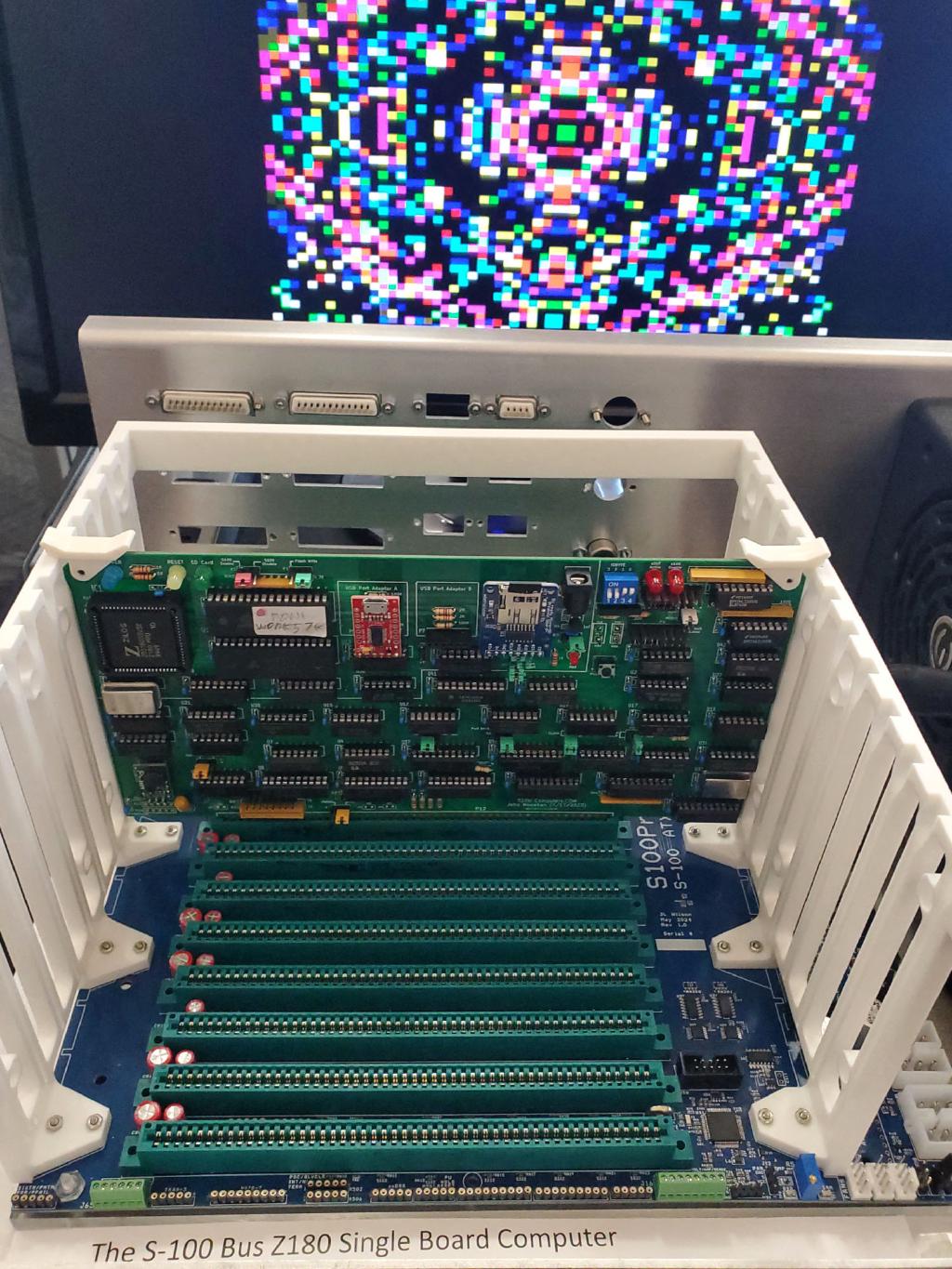
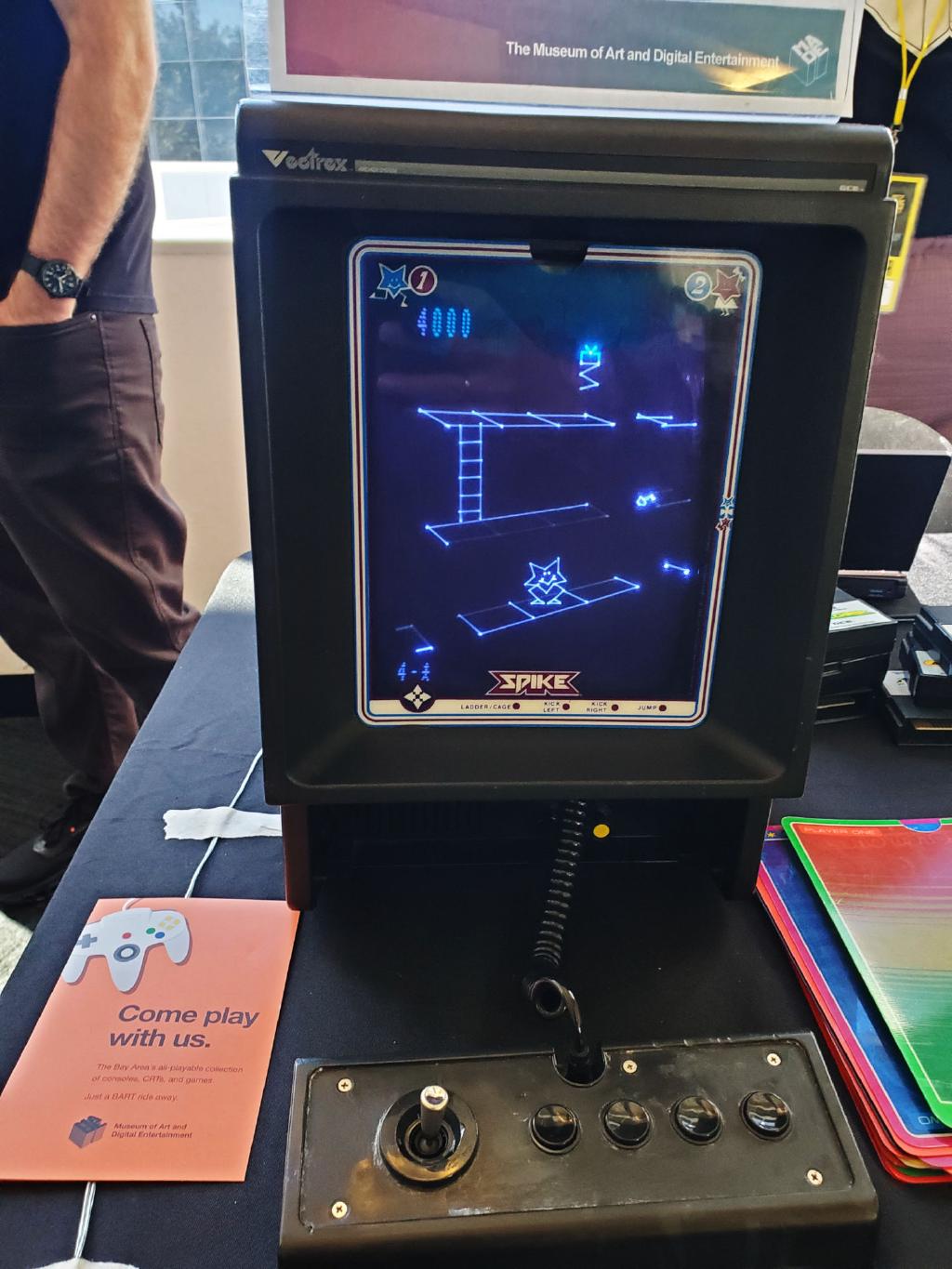

This year I finally attended the Vintage Computer Festival West at Computer History Museum in Mountain View, CA.
My own computing roots are in the Atari 8-bit, which during my childhood was the most popular machine in Poland. Today my vintage interests revolve around nostalgia and working on small hardware/software projects recreating some of the 8-bit feel.
8-Bit impressions
The 8-bit Atari tables were well represented with XL models including THREE rare 1450XL prototypes, some 1200XL and 600/800 machines. None of the later XE (considered lower quality) were showcased. I was looking forward to see FujiNet in action, but alas, it was not demoed. The Ataris demoed were fairly stock.
I was surprised that there were zero Commodore C64, no breadbins, no wedges, no C128, no VICs (it is almost as if I missed an entire section of the show). There was Mega65, which WAS impressive (Amiga like visuals and sound)!
MSX line of machines were well represented through their 80s offerings showing longevity and increasing capabilities. Next to them were very impressive X68000 platform machines.
eZ80 based DIY computers with old-skool serial terminals and S100-bus based computers have caught my interest as fun project machines capable of running CPM2.2. Maybe one day! :)
The big surprise of the show was a table of Polish made computers including Elwro Junior which was used in education and some lesser known designs from the 80s.
The most amazing demo of the show was internally stock Amstrad CPC464 with external ram extender, serial wifi and SD interface running SymbOs. A modern 8-bit multi-tasking preemptive operating system for Z80 platforms, with 90s like win95 interface! It was very smooth and a big step-up to what Geos attempted.
A mention goes to Vectrex vector display gaming machine which I read about and finally saw in person running a 3d platformer. It was retro-impressive!
16-bit impressions
This year was the 40th anniversary of Amiga and a lot of presentations and talks focused on Amiga. Amiga ball and red-white checkerboards everywhere! Saw so many 1000s in one place, few 1200s and only one 500. The video-toaster booth had a locked-up and decked-out 4000T doing live video green-screen demos :)
Atari 16-bit line was very well represented with many blasting tunes via MIDI into Roland MT-32s and speakers - they were louder than Amigas :) The late Mega, TT and a Falcon30 showed business software and Amiga competitive games.
Lots of Macs were shown, from multiple Lisas, to original Mac, through SE/30, III and Quadras.
Hardware impressions
I saw S100 machines in person for the first time. This is an old IO bus standard with cards interfacing CPU of one’s choice as an add-on. Z80 seems to be most popular, but there are even 486 cards for S100 bus. Seems like a nice way to build one’s own home-brew and gain access to a lot of pre-made IO peripherals (video, serial, sound, SD, wifi, etc..)
eZ80 booth was impressive from the same DIY angle as S100 - easy to use, reuse and home-brew. eZ80 on S100 bus, with lots of IO cards running modern OS would be an impressive combination.
Summary
It was nice to see all these working vintage machines, some period stock, some respectfully upgraded with modern add-ons to reach capabilities unimaginable to their original owners. That CPC646 running a Chat-GPT client via wifi in a window, while having a text editor and few smaller apps open in other windows, all with a mouse UI was amazing.
My interests today are in embedded hardware applications for my complementary hobbies where Arduino shines. It is fast, super cheap and with 2k ram and 32k code, it is comparable in feel to old 8-bit micros (although using harvard architecture instead of von neumann). No recapping necessary :) There is a lot of RT-like operating systems (embedded runtimes really) for it and the development environment is very friction free. I guess I like simple hw constrained platforms, but without legacy baggage.